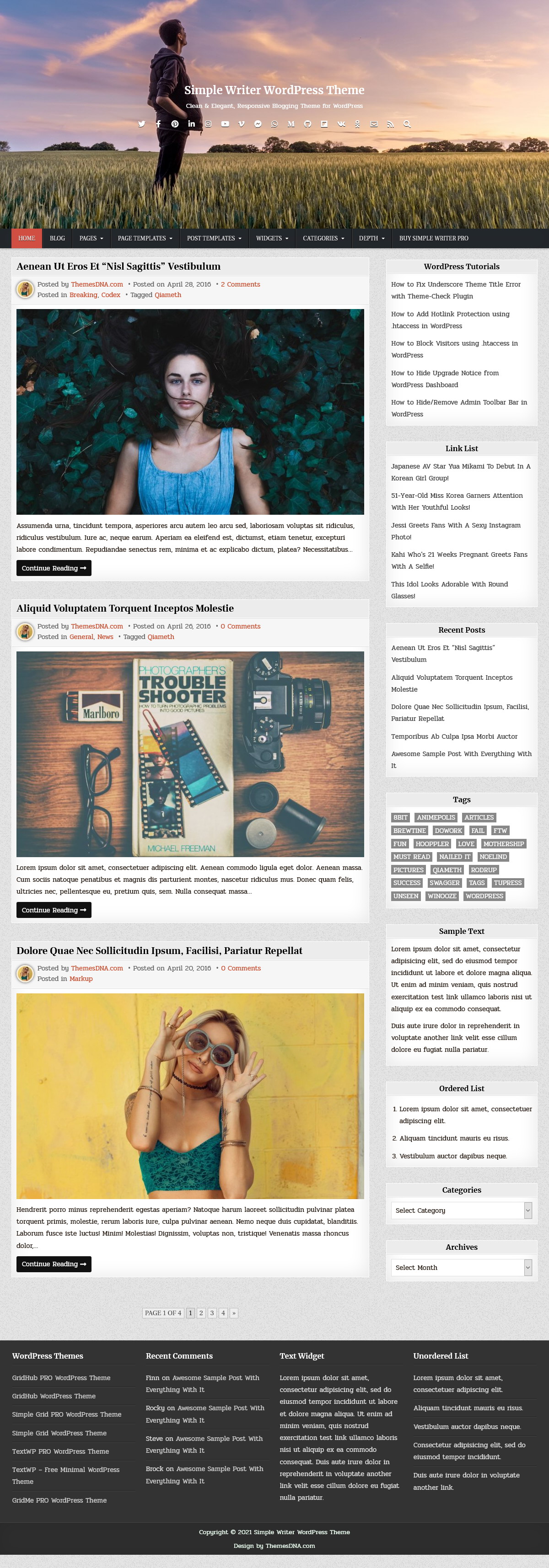
The sensory details in imagery bring works to life. When a poet uses descriptive language well, they play to the reader’s senses, providing them with sights, tastes, smells, sounds, internal and external feelings, and even deep emotion. If you’ve practiced or studied creative writing, chances are you’ve encountered the expression “paint a picture with words.” In poetry and literature, this is known as imagery: the use of figurative language to evoke a sensory experience in the reader. However, all writers can benefit from learning more about how humor functions in writing. Making people laugh takes some skill and finesse, and, because so much relies on instinct, is harder to teach than other techniques. Of course, not everyone is adept at being funny-particularly in their writing. Humor brings people together and has the power to transform how we think about the world. Foreshadowing, or slyly indicating a future event, is one technique a writer can use to create and build suspense. At its core, storytelling has one ambition: to capture and sustain your reader’s attention and keep them reading your story. Learning to use extended metaphors in your own work will help you engage your readers and improve your writing. Examples of extended metaphor can be found across all forms of poetry and prose. Extended metaphors build evocative images into a piece of writing and make prose more emotionally resonant. Dramatic irony is used to great effect in literature, film, and television. Each drinks their poison without knowing what the audience knows. Remember the first time you read or watched Romeo and Juliet? The tragic ending of this iconic story exemplifies dramatic irony: The audience knows that the lovers are each alive, but neither of the lovers knows that the other is still alive.

Known as a cliffhanger, this plot device marks the end of a section of a narrative with the express purpose of keeping audiences engaged in the story. It’s a familiar feeling: You’re on minute 59 of an hour-long television episode, and the protagonist is about to face the villain-and then episode cuts to black. Sometimes anachronisms are true blunders other times, they’re used intentionally to add humor or to comment on a specific time period in history. These circumstances are examples of anachronisms, or an error in chronology-the kind that makes audiences raise their eyebrows or do a double-take. Imagine reading a story about a caveman who microwaves his dinner, or watching a film adaptation of a Jane Austen novel in which the characters text each other instead of writing letters.

The phrase, which is often used to express dissatisfaction, is associated with the tale’s curmudgeonly character, Ebenezer Scrooge. Take the popular expression “Bah humbug”-an allusion that references Charles Dickens’ novella A Christmas Carol. Allusions can reference anything from Victorian fairy tales and popular culture to the Bible and the Bard. An allusion is a popular literary device used to develop characters, frame storylines, and help create associations to well-known works. Allegory allows writers to create some distance between themselves and the issues they are discussing, especially when those issues are strong critiques of political or societal realities. Allegory is a literary device used to express large, complex ideas in an approachable manner. is a tool used by writers to hint at larger themes, ideas, and meaning in a story or piece of writing.I will skip the pre-info and dive right into it.
#SIMPLE WRITER TUMBLR THEMES HOW TO#
Perpetual-stories: 22 Essential Literary Devices and How to Use Them In Your Writing Perpetual-stories Originally from perpetual-stories


 0 kommentar(er)
0 kommentar(er)
